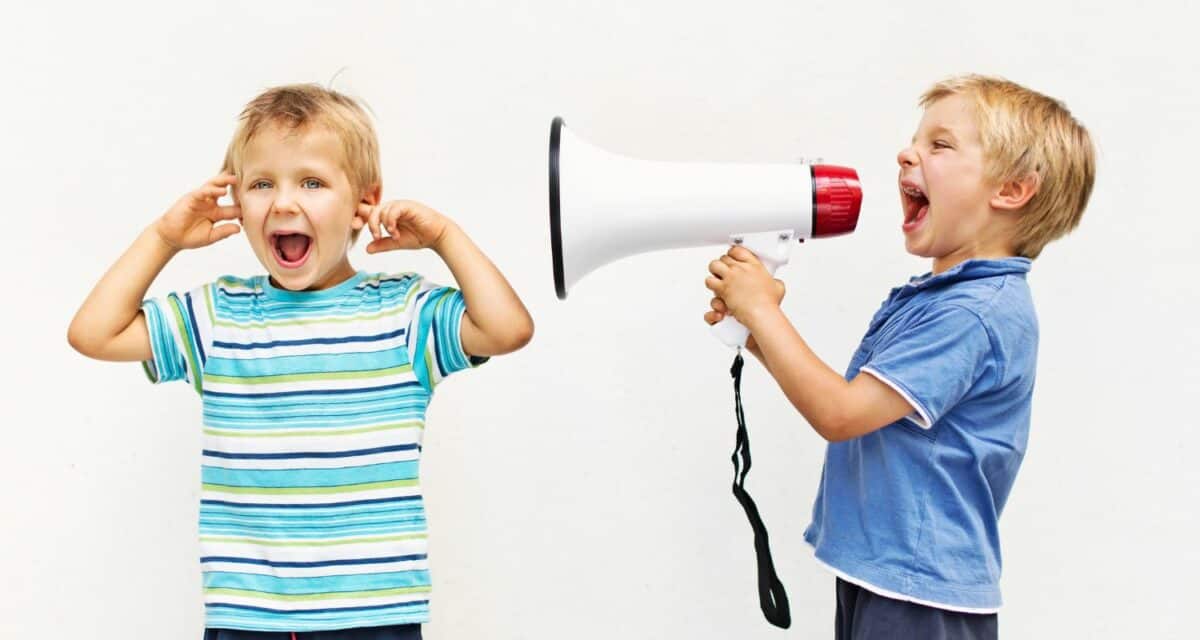Have you ever stopped to think about what it was like when you first learned to speak? Most of us have little memory of the first steps. Children learn faster than adults, most likely due to a still-developing prefrontal cortex that is more flexible for learning, a more brain elasticity which makes faster neural connections to allow us to learn and retain information. It’s important to remember that the foundation of all learning is built on the foundation of language. This involves all the senses including the use of eye contact, crying, vocalizing, and gesturing. However, as we age this will quickly include language, which they acquire by talking, playing, and reading. However, for children with hearing loss, it is considered a communication disorder which could have a more serious impact on learning and development than we may have previously suspected.
How Common Are Communication Disorders in Children?
ASHA (American Speech-Language-Hearing Association) defines a communication disorder as “an impairment in the ability to receive, send, process, and comprehend concepts or verbal, nonverbal and graphic symbol systems. A communication disorder may be evident in the processes of hearing, language, and/or speech.” Over 10% of children have a communication disorder. In fact, the National Institute on Deafness and Other Communication Disorders recently released these staggering statistics:
- 1 in 12 children between the ages of 3-17, had a disorder related to voice, speech, language, or swallowing.
- Almost 11% of children among children ages 3-6 have a communication disorder
Identifying a Communication Issue Early
Roughly 2% of all children born each year will have a communication issue connected to speech and or language delays. It is standard practice for hospital births in the United States to screen for hearing loss. Catching a communication disorder early is essential in stopping it from having a devastating impact on language acquisition and learning. However, many children can develop hearing issues after birth, known as acquired hearing loss. The most common causes of child hearing loss are due to blockages often caused by chronic ear infections, inhibiting sound from reaching the brain.
A childhood hearing loss goes often unaddressed and creates serious hurdles in the development of social, academic, and even future career potential if not addressed.
While a communication disorder may be apparent as your child reaches an early speaking age, research shows that children know a great deal about their language even before the first word is said. It is important to know the stages of language development and track your child for important milestones in language acquisition. In infants under 3 years old, common signs of communication disorders include delays in speech, language, or hearing. Early detection increases the chances for improving communication skills and avoiding learning issues later on.
Identifying Communication Disorders
Common disorders with speech, voice, and language comprehension include:
- Phonological Disorder: Children affected by this disorder struggle to develop the level of speech appropriate for their age. You may note issues in the articulation of words, building complex sentences, and synonyms of words.
- Expressive Language Disorder: This occurs when you note your child struggles with word recall, using the proper tense and struggles with a larger vocabulary.
Hearing Loss and Communication Issues
Does your child have hearing loss? It’s more common than you may think and often goes unaddressed. Nearly 15% of children have some degree of hearing loss in one or both ears. It often manifests as communication disorders, and issues in developing speech. Understanding the progression of language acquisition is key in catching a hearing loss early before it can impact language and learning. Language progresses in a predictable pattern full of developmental milestones you can track. This includes:
1-4 months: Smiling and interacting with others
4-7 months: babbling random syllables and developing the muscles necessary for speech
7-12 months: a developed repertoire of communication sounds and gestures.
Hearing loss and the effect on child language development
If you suspect that your child has hearing loss it is important to act immediately. We can test for hearing loss and determine the best treatment to help you find the tools your child needs to grow and thrive.

